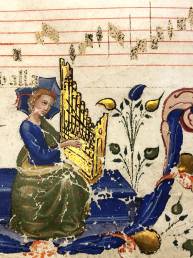Ars Nova Database

The ArsNova Database intends to address the absence of basic resources and research instruments to ensure the reliability of the results of the three research lines. It is hosted by the portal «MIRABILE. Digital Archive of Medieval Culture» and consists of three sections plus an atlas and a concordance of poetic texts:
Catalogue of Ars Nova Manuscripts, Authors and Texts
(CANT)
Corpus of Poetic and Musical Texts
(ANT)
Repertory of Metrical and Musical Structures
(ANS)
Atlas of Musicians, Poets and Manuscripts
(ATLAS)
Lemmatised Concordances
(Corpus ArsNova)
ARSNOVA IN MIRABILE
